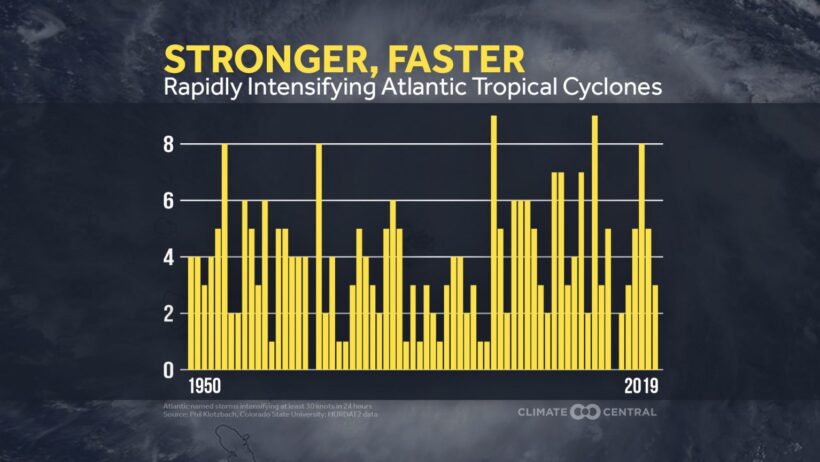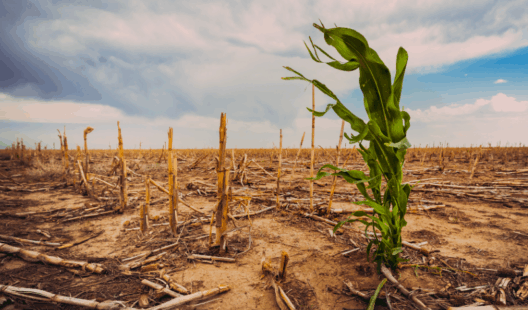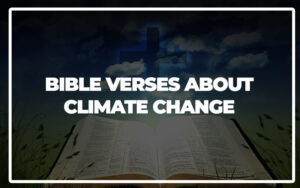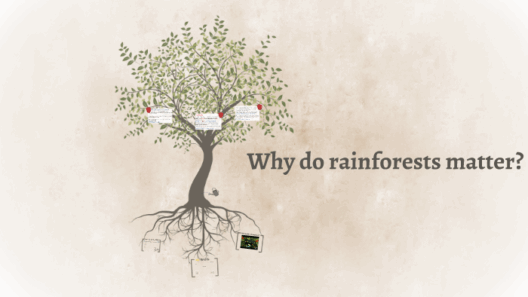Climate change is one of the pivotal challenges of our time, engendering profound questions about its role in the natural world—particularly regarding extreme weather phenomena. A crucial query emerges: does climate change cause more hurricanes? To fathom this relationship, it is imperative to delve into the mechanics of hurricane formation, assess historical trends, and interrogate the scientific consensus surrounding climate impacts.
Hurricanes, or tropical cyclones as they are scientifically known, are fierce storms that emerge over warm ocean waters. The primary ingredients necessary for their formation include warm sea surface temperatures, moist air, and atmospheric instability. As the planet warms due to anthropogenic influences, particularly the combustion of fossil fuels, these requirements are increasingly met. Higher sea temperatures provide the thermal energy necessary for hurricane proliferation, resulting in not only an increase in frequency but also in intensity.
Climate models have demonstrated alarming trends correlating rising global temperatures with increased cyclone activity. According to climate projections, every increment of a degree in ocean temperature could spell disaster, leading to stronger storms. This phenomenon underscores a critical point: while the number of hurricanes may not skyrocket, the potency of those that do form is likely to escalate dramatically.
Historical data elucidates this narrative. The past few decades have witnessed a surge in the number of Category 4 and 5 hurricanes. This increased intensity is closely linked to warming ocean temperatures. For instance, in the Atlantic basin alone, a marked uptick in severe storms has been recorded, coinciding with an era of unprecedented global warming. Notable examples include Hurricane Katrina in 2005 and Hurricane Harvey in 2017, both of which exemplify the destructive capabilities of hurricanes exacerbated by elevated sea temperatures.
To further contextualize this issue, it is essential to recognize that not all hurricanes are created equal. While the overall frequency of storms may remain relatively stable, the number of storms categorized as major hurricanes has surged. The Intergovernmental Panel on Climate Change (IPCC) outlines that, as global temperatures rise, the odds of hurricane rapid intensification increase. This means that storms can evolve from benign tropical disturbances to monstrous hurricanes within a short time frame, posing heightened risk to coastal communities.
Additionally, the interaction between hurricanes and climate change extends beyond mere surface temperatures. Changes in atmospheric dynamics—such as wind patterns and humidity levels—can influence hurricane behavior. For example, we are witnessing alterations in the steering currents that guide storm trajectories, leading to slower-moving systems. These sluggish storms result in prolonged periods of intense rainfall, increasing the likelihood of catastrophic flooding. The devastating impact of Hurricane Harvey serves as a poignant illustration of this phenomenon, where stalled storm systems inundated Houston with unprecedented amounts of rain.
Moreover, climate change compounds the risks associated with hurricanes through sea level rise. As polar ice melts and thermal expansion of seawater occurs, coastal areas become disproportionately vulnerable to storm surges. With the combination of intense hurricanes and elevated sea levels, the repercussions on coastal infrastructure, ecosystems, and human livelihoods are dire. The risk is not merely theoretical; numerous communities are already grappling with the immediate consequences of these intertwined phenomena.
Critics who downplay the link between climate change and hurricane frequency often cite periods of inactivity in hurricane seasons, pointing to natural variability as a counterargument. However, while natural climatic cycles may induce fluctuations in hurricane activity, the overarching trend reveals an unsettling truth: climate change is amplifying the extremity of our natural disasters. It is crucial to differentiate between natural variability and human-induced alterations to the climate system, lest we fall into the trap of complacency.
The conundrum is further complicated by socio-economic factors that amplify the impacts of hurricanes. Wealth disparities, urban planning deficiencies, and inadequate emergency response capabilities exacerbate the vulnerabilities of certain populations. Post-disaster recovery often reveals profound inequities, reinforcing the notion that climate change doesn’t affect everyone equally. The disparity in preparedness and resilience becomes stark in the aftermath of hurricanes, warranting a unified approach to both climate mitigation and disaster preparedness.
As we navigate the choppy waters of climate discourse, it becomes ever more imperative to advocate for reducing greenhouse gas emissions and bolstering climate resilience. By mitigating the drivers of climate change, we can potentially stave off the exacerbation of hurricane risks. This entails a concerted effort to transition towards renewable energy sources, enhance building codes, and foster community-level preparedness initiatives.
The connection between climate change and hurricanes is not a mere academic exercise; it is a reality that directly impacts lives, livelihoods, and the ecosystems upon which we depend. Understanding this relationship paves the way for informed decision-making and policy development. The stormy reality we face necessitates decisive action and collective responsibility to curtail future hurricane impacts, lest we continue to navigate an increasingly treacherous climate. The stakes have never been higher, and the time for change is now.








